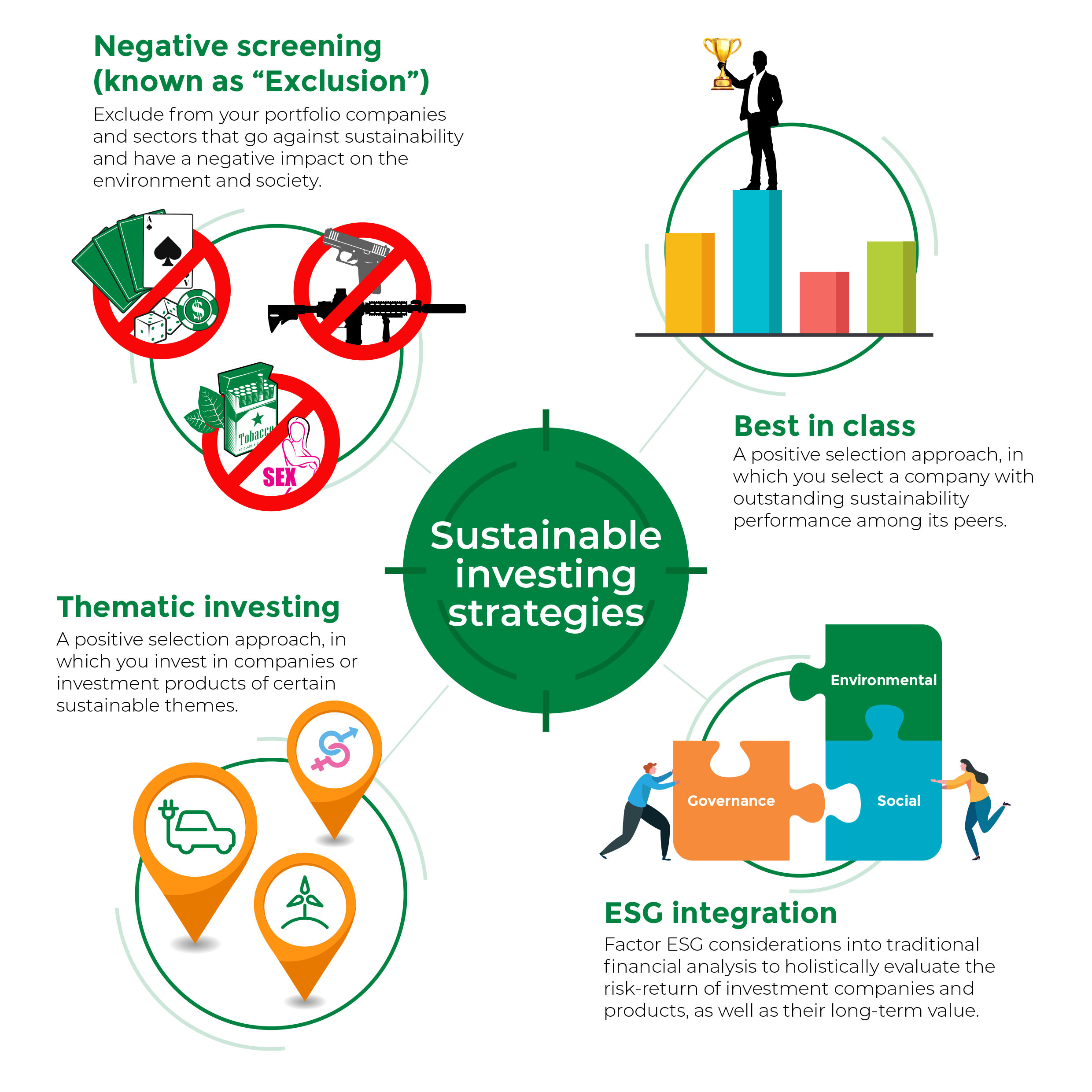With great pleasure, we will explore the intriguing topic related to Green Shoots: Sustainable Investing Takes Root in Global Capital Markets. Let’s weave interesting information and offer fresh perspectives to the readers.
Green Shoots: Sustainable Investing Takes Root in Global Capital Markets
Green Shoots: Sustainable Investing Takes Root in Global Capital Markets
The world is changing, and so are the priorities of investors. Gone are the days when maximizing returns solely through financial metrics was the sole focus. Today, investors are increasingly seeking returns that are not only financial but also socially and environmentally responsible. This shift towards sustainable investing is reshaping the global capital markets, creating a wave of opportunities for both investors and companies alike.
A Growing Green Portfolio:
The numbers speak for themselves. Assets under management in sustainable funds have skyrocketed in recent years. According to the Global Sustainable Investment Alliance (GSIA), global sustainable investing assets reached a staggering $35.3 trillion in 2020, a 15% increase from 2018. This surge reflects a growing awareness among investors of the interconnectedness between environmental, social, and governance (ESG) factors and long-term financial performance.
Driving Forces Behind the Green Revolution:
Several key factors are fueling this rapid growth in sustainable investing:
- Millennial and Gen Z Investors: Younger generations are increasingly demanding that their investments align with their values. They are passionate about tackling climate change and social inequality, and they are actively seeking out companies and funds that share these commitments.
- Institutional Investors: Large institutional investors, such as pension funds and insurance companies, are also embracing sustainable investing. They recognize the long-term risks associated with climate change and other ESG issues, and they are seeking to manage these risks by investing in companies that are taking steps to mitigate them.
- Regulatory Pressure: Governments around the world are increasingly implementing regulations that encourage sustainable investing. This includes mandatory ESG reporting requirements, tax incentives for green investments, and the development of green bonds.
- Technological Advancements: Advances in technology are making it easier for investors to access information about the ESG performance of companies. This includes the development of ESG ratings agencies and data providers, which are providing investors with standardized metrics to evaluate companies’ sustainability efforts.

Impact on Companies and Financial Markets:
The rise of sustainable investing is having a significant impact on companies and financial markets. Companies that are committed to ESG principles are attracting more investment capital, while those that are lagging behind are facing pressure to improve their performance.
For Companies:
- Increased Access to Capital: Companies with strong ESG credentials are finding it easier to attract investors and secure funding. This is particularly true for companies in sectors that are considered to be "green," such as renewable energy and clean technology.
- Enhanced Reputation and Brand Value: Strong ESG performance can enhance a company’s reputation and brand value, leading to increased customer loyalty and employee engagement.
- Improved Risk Management: By addressing ESG issues, companies can reduce their exposure to financial and reputational risks. For example, companies that are taking steps to reduce their carbon footprint are better positioned to manage the risks associated with climate change.

For Financial Markets:

- New Asset Classes: Sustainable investing is creating new asset classes, such as green bonds and impact investing funds. This is providing investors with more options to align their portfolios with their values.
- Increased Transparency and Accountability: The focus on ESG factors is leading to increased transparency and accountability in financial markets. This is benefiting investors by providing them with more information to make informed investment decisions.
- Enhanced Financial Performance: Studies have shown that companies with strong ESG performance tend to outperform their peers in terms of financial performance. This is because ESG factors can lead to improved risk management, innovation, and long-term value creation.
The Future of Sustainable Investing:
The trend towards sustainable investing is only expected to continue in the years to come. As investors become increasingly aware of the importance of ESG factors, the demand for sustainable investments will only grow.
Key Trends to Watch:
- Integration of ESG Factors: ESG factors are becoming increasingly integrated into mainstream investment strategies. This means that investors are no longer just considering ESG factors as a separate category, but are incorporating them into their overall investment decision-making process.
- Rise of Impact Investing: Impact investing is a growing segment of sustainable investing that focuses on investments that generate both financial returns and positive social and environmental impact. This approach is particularly attractive to investors who are seeking to make a tangible difference in the world.
- Focus on Climate Change: Climate change is becoming an increasingly important focus for sustainable investors. This includes investments in renewable energy, energy efficiency, and climate-resilient infrastructure.
Related Articles: Green Shoots: Sustainable Investing Takes Root in Global Capital Markets
Thus, we hope this article has provided valuable insights into Green Shoots: Sustainable Investing Takes Root in Global Capital Markets.
Conclusion:
The rise of sustainable investing is a powerful force that is reshaping the global capital markets. It is driven by a growing awareness of the interconnectedness between financial performance and social and environmental impact. As investors continue to prioritize sustainability, companies that are committed to ESG principles will be well-positioned to thrive. The future of finance is green, and those who embrace this trend are poised to reap the rewards.
Real Estate Investing Books: A Sustainable Future:
The real estate sector is a major contributor to greenhouse gas emissions and resource consumption. However, it also presents significant opportunities for sustainable investment. Several books offer valuable insights into the intersection of real estate and sustainability:
- "Sustainable Real Estate: The Business Case for Green Building" by Michael F. Porter and Mark R. Kramer: This book provides a comprehensive overview of the business case for sustainable real estate, highlighting the financial and reputational benefits of green building practices.
- "The Green Building Handbook: A Guide to Sustainable Building Design" by Stephen A. R. Green: This book offers a practical guide to green building principles and practices, covering topics such as energy efficiency, water conservation, and material selection.
- "Investing in Sustainable Real Estate: A Guide to the Green Building Market" by John P. G. Wright: This book provides a detailed analysis of the green building market, exploring the investment opportunities and challenges associated with sustainable real estate.
These books provide valuable resources for investors who are looking to invest in real estate projects that are both profitable and environmentally responsible.
The Green Revolution is here, and it is transforming the way we invest. By embracing sustainable investing, we can create a more sustainable and equitable future for all.
We appreciate your attention to our article. See you in our next article!
 Apoteksangiran.my.id News Bisnis Technology Tutorial
Apoteksangiran.my.id News Bisnis Technology Tutorial
